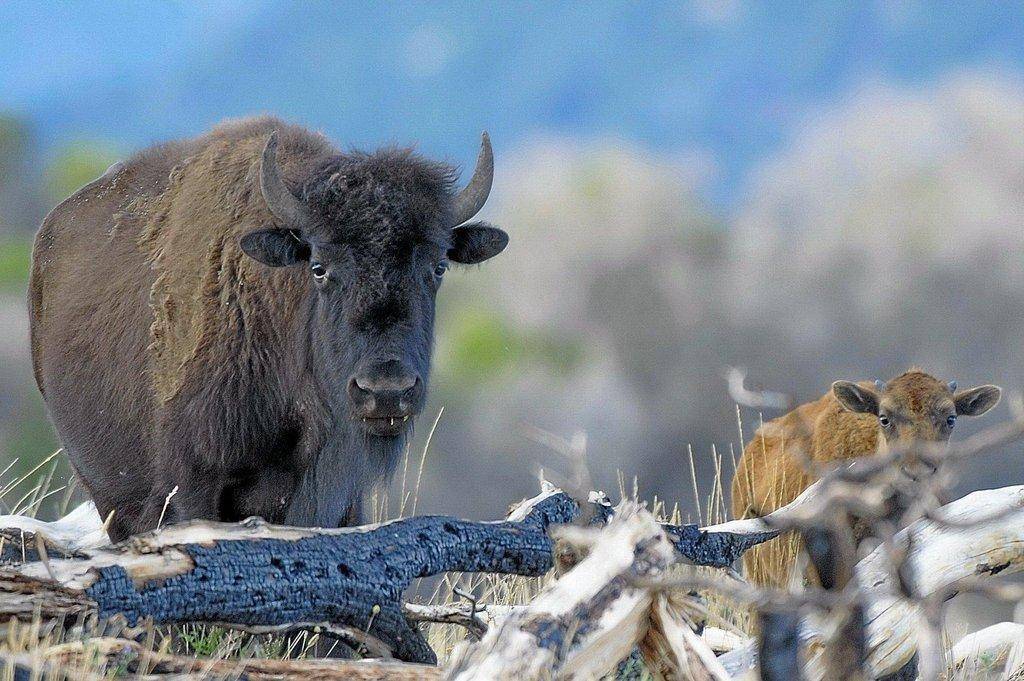Price—In early February, the Division of Wildlife Resources in partnership with the BLM, Sportsmen for Fish and Wildlife, and Utah State University, captured and radio-collared 59 bison on the Henry Mountains. By collaring and radio-tracking bison, wildlife biologists hope to learn more about herd movements, habitat use and population size. These data will help the DWR manage bison more effectively and meet the objectives of the established Henry Mountains bison management plan.
Some of the radio collars were VHF to allow tracking from an aircraft, while others were GPS for relocation by satellite. Every time radio-collared bison are located, DWR biologists gain more information about that individual’s movements and habitat preferences. Since bison are social animals, biologists can make inferences about the herd in general. Using these data, the DWR can determine where habitat improvements and water development would be most needful and where conflicts with livestock may occur.
The collars will serve an additional purpose. They will aid biologists in estimating the population more accurately. Although the population is counted every year from a helicopter, some animals are not seen because of their remote location or the density of woodland canopy under which they rest. By counting collared and non-collared individuals and using population modeling techniques, biologists will be better able to estimate the percentage of the entire population that are missed during annual population surveys.

